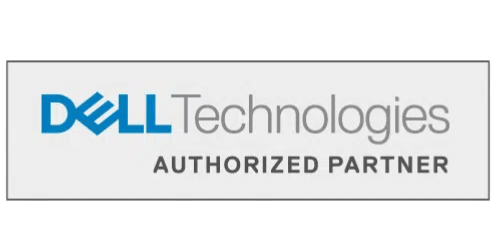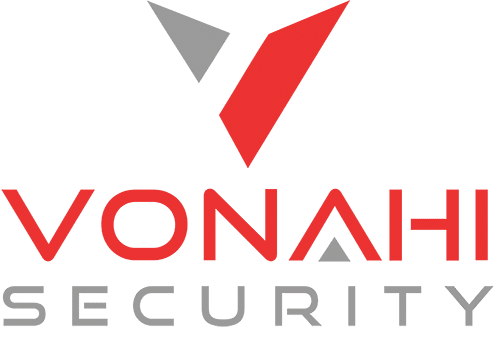Cybersecurity
Zero Trust
Zero Trust Security For Ultimate Network Protection
As businesses become incrementally complex and the risk of cyber-attacks grows ubiquitous, the amount of default trust issued by traditional security systems often leaves networks unduly vulnerable. The idea of moving freely within a network infrastructure may sound good to business owners and employees in theory, but one successful cyber attack compromises the entire entity. Conventional security frameworks are quickly becoming antiquated, and Zero Trust security aims to address these looming threats and challenges.
Zero Trust security with Integrated Technology takes an ultra-safe approach to defend your data by requiring constant authentication and validation from all users and devices, whether they are inside or outside your network. Our Zero Trust cybersecurity solutions implement several core principles to only provide access to those who are verified. Though Zero Trust is an elaborate layering of advanced configurations, Integrated Technology can easily implement this approach in conjunction with our comprehensive suite of services and offerings.
Frequently Asked Questions
Zero Trust is a security architecture and framework that requires every user, outside or inside the network, to undergo continuous authentication and validation before accessing data. This strategic approach to cybersecurity bypasses the idea of implicit trust and requires constant validation at every stage of digital interactions and procedures. Essentially, while most security architectures give users inside the business network the benefit of the doubt, Zero Trust security is a network security model that trusts no one.
Conventional business securities adopt the castle-and-moat ideology, a configuration where no one outside the network has access to inside data, but everyone inside the network has unrestricted access and is trusted by default. However, should a malicious outside party gain access to “the castle,” they inevitably have free reign and easy access to every bit of data inside it. Zero Trust security, on the other hand, requires verification from everyone seeking access to any resources on the network every step of the way.
Zero Trust is based on several fundamental concepts that effectively neutralize the threat of data breaches if properly executed.
- Continuous Validation: Zero Trust operates in a way that assumes a hostile network or a network where there are always attackers both inside and outside. By continuously validating and monitoring user identities and privileges and by utilizing time-limit logins, Zero Trust security re-establishes and re-verifies trust on a regular basis.
- Device Access Control: Zero Trust deploys strict controls on device access, constantly monitoring how many devices and users are trying to access the business’ network. By minimizing the number of authorized devices at a given moment, Zero Trust security reduces the network’s vulnerability.
- Multi-Factor Authentication: Multi-factor authentication (MFA) simply means requiring more than one piece of information to authenticate a user or device. In other words, one compromised password doesn’t compromise your entire network. With MFA, users must provide several forms of evidence that they are who they claim to be. MFA is increasingly common among a variety of today’s platforms, such as Facebook or Google.
- Microsegmentation: Zero Trust security deploys microsegmentation to break up security perimeters into separate zones, thereby maintaining individual access to each part of the network. This way, a user or device with access to one of these zones is not automatically granted access to others without further and separate authentication.
- Least-Privilege Access: Least-privilege access in Zero Trust security gives users access to only what they need at a given moment. This mitigates network vulnerability by reducing the exposure of more sensitive, high-value divisions.
In today’s digital business world, conventional security systems are exceptionally vulnerable. This exposure is only intensified by the fact that companies often spread their data across a variety of different vendors and platforms, making it extremely difficult to manage, control, and protect. A Zero Trust security approach trusts no one by default, requiring verification throughout every digital experience. As an added layer of security, Zero Trust significantly reduces the likelihood of costly data breaches.
Trusted Support
Read our blogs to find out more about the latest in IT, and to see our success stories with previous clients.
























